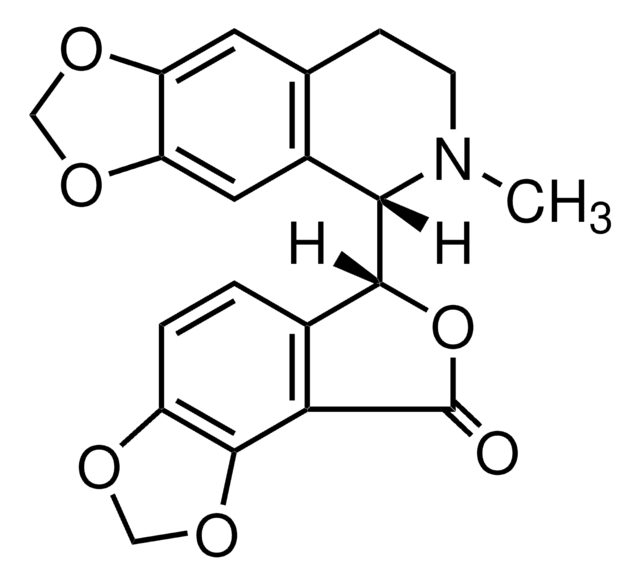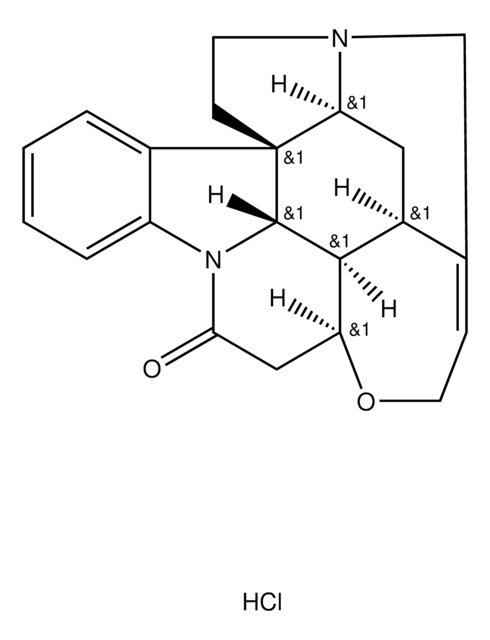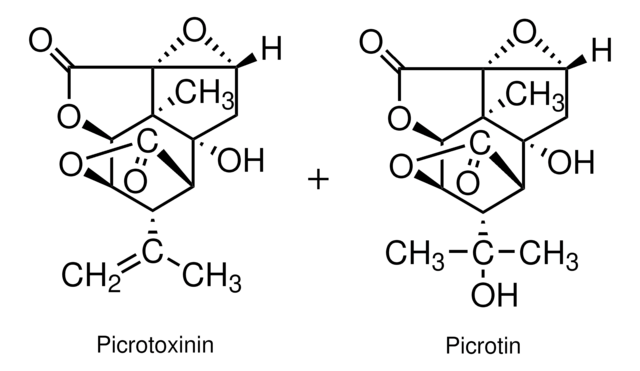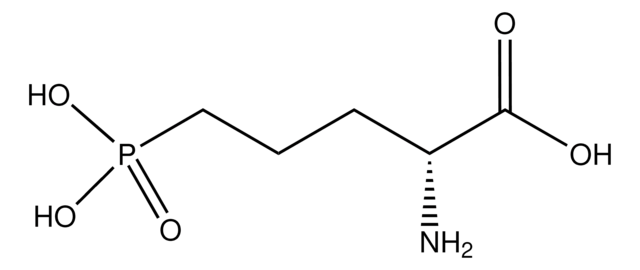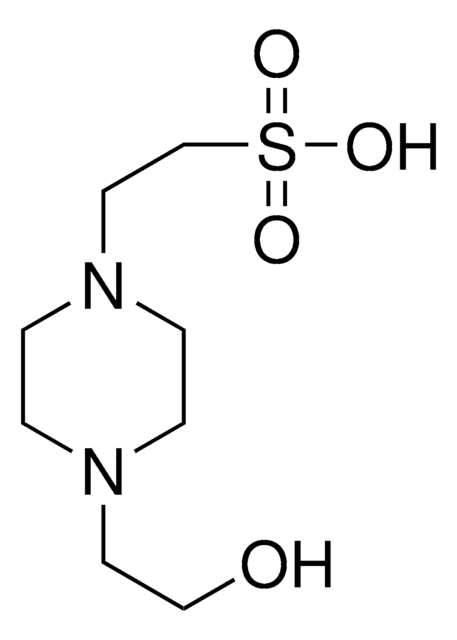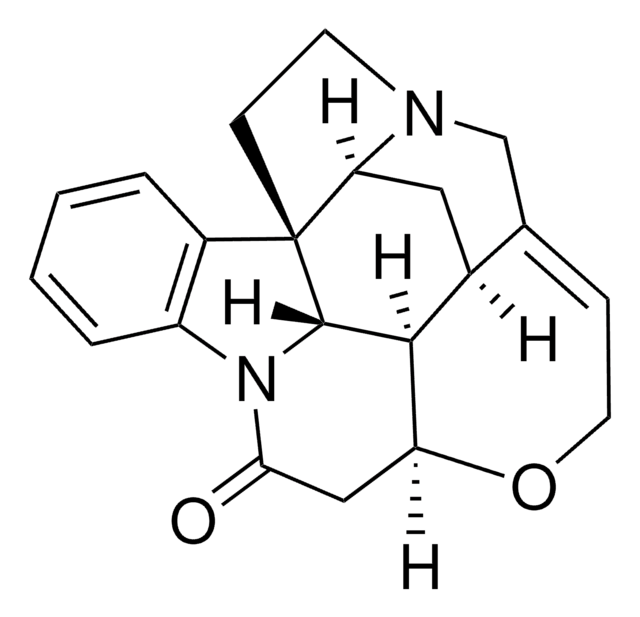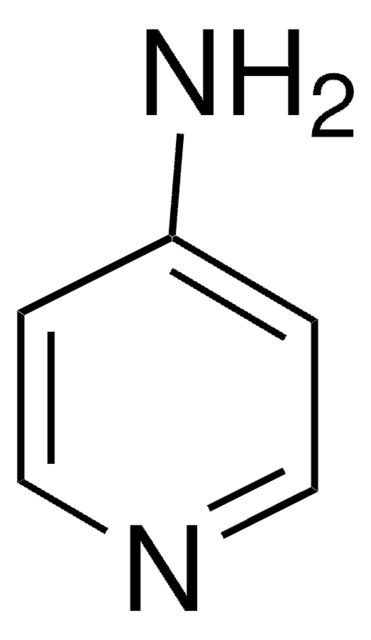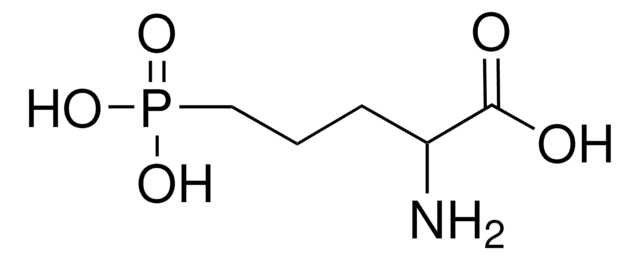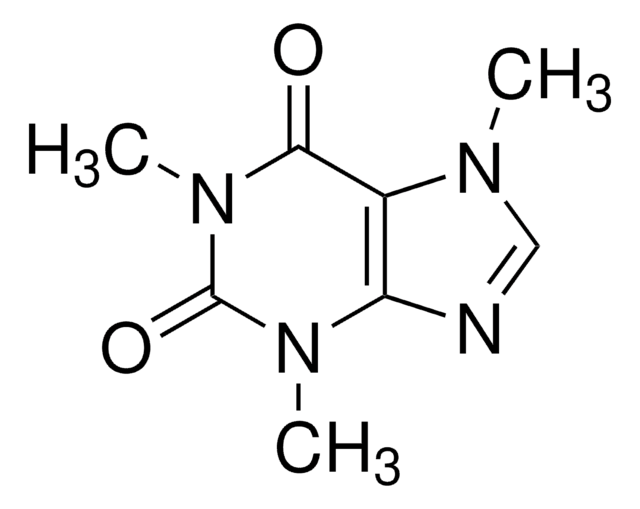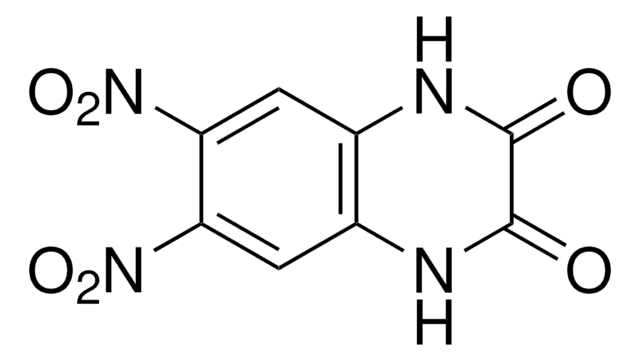SRP0311
HDAC6 H611A human
recombinant, expressed in baculovirus infected Sf9 cells, ≥79% (SDS-PAGE)
Synonym(s):
HD6, JM21, histone deacetylase 6
Sign Into View Organizational & Contract Pricing
All Photos(2)
About This Item
UNSPSC Code:
12352200
NACRES:
NA.32
Recommended Products
biological source
human
recombinant
expressed in baculovirus infected Sf9 cells
Assay
≥79% (SDS-PAGE)
form
aqueous solution
mol wt
161 kDa
packaging
pkg of 50 μg
NCBI accession no.
UniProt accession no.
shipped in
dry ice
storage temp.
−70°C
Gene Information
human ... HDAC6(10013)
General description
HDAC6 (histone deacetylase 6) belongs to the HDAC family of proteins. HDACs are responsible for deacetylation of nuclear histone and nonhistone proteins, including transcription factors. The mutation H611A results in catalytically inactive HDAC6.
Human HDAC6 with H611A mutation (GenBank Accession No. NM_006044), full length with N-terminal GST tag, MW= 161kDa, expressed in a Baculovirus expression system.
Human HDAC6 with H611A mutation (GenBank Accession No. NM_006044), full length with N-terminal GST tag, MW= 161kDa, expressed in a Baculovirus expression system.
Biochem/physiol Actions
HDAC6 (histone deacetylase 6) is involved in the control of microtubules, growth factor-mediated chemotaxis, stress response in presence of misfolded protein and tumor invasion. It also participates in EGF (epidermal growth factor)-mediated β-catenin nuclear presence and activation of c-myc. In mouse model, HDAC6 is implicated in oncogene-induced tumorigenesis. HDAC6 is the main deacetylase for α-tubulin and thus, is involved in cell motility. It is also involved in the formation of SGs (stress granules) and SG proteins. Mutations in the 3′-UTR of the HDAC6 gene suppresses hsa-miR-433-mediated post-transcriptional regulation. This results in overexpression of HDAC6, thereby causing X-linked chondrodysplasia.
Storage Class Code
12 - Non Combustible Liquids
WGK
WGK 1
Flash Point(F)
Not applicable
Flash Point(C)
Not applicable
Regulatory Information
新产品
Choose from one of the most recent versions:
Certificates of Analysis (COA)
Lot/Batch Number
Don't see the Right Version?
If you require a particular version, you can look up a specific certificate by the Lot or Batch number.
Already Own This Product?
Find documentation for the products that you have recently purchased in the Document Library.
Loss of a-Tubulin Acetylation Is Associated with TGF-?-induced Epithelial-Mesenchymal Transition.
Gu S, et al.
The Journal of Biological Chemistry, 291, 5396-5396 (2016)
Jiaqi Liu et al.
Journal of translational medicine, 14, 7-7 (2016-01-10)
Histone deacetylase (HDAC) inhibitors are widely used in clinical investigation as novel drug targets. For example, panobinostat and vorinostat have been used to treat patients with melanoma. However, HDAC inhibitors are small-molecule compounds without a specific target, and their mechanism
Li S. et al.
Neurology, 41, 112-116 (2010)
Histone deacetylase 6 binds polyubiquitin through its zinc finger (PAZ domain) and copurifies with deubiquitinating enzymes.
Hook SS, et al.
Proceedings of the National Academy of Sciences of the USA, 99, 13425-13425 (2002)
HDAC11 is a novel drug target in carcinomas.
Deubzer HE, et al.
International Journal of Cancer. Journal International Du Cancer, 132, 2200-2200 (2013)
Our team of scientists has experience in all areas of research including Life Science, Material Science, Chemical Synthesis, Chromatography, Analytical and many others.
Contact Technical Service